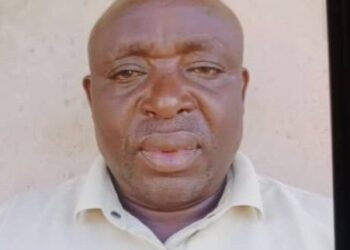What Termites Can Teach Us
http://dlvr.it/T0wprK
From THE NEW YORKER
Roboticists are fascinated by their “swarm intelligence,” biologists by their ability to turn grass into energy. But can humans replicate their achievements?
Written By AMIA SRINIVASAN | September 10, 2018
“Termites may be hard to love, but they should be easy to admire. Termite mounds are among the largest structures built by any nonhuman animal. They reach as high as 30 feet, which, proportional to the insects’ tiny size, is the equivalent of our building something twice as tall as the 2,722-foot Burj Khalifa, in Dubai. The mounds are also fantastically beautiful, Gaudíesque structures, with rippling, soaring towers, in browns and oranges and reds. The interior of a termite mound is an intricate structure of interweaving tunnels and passageways, radiating chambers, galleries, archways, and spiral staircases. To build a mound, termites move vast quantities of mud and water; in the course of a year, 11 pounds of termites can move about 364 pounds of dirt (in the form of mud balls) and 3300 pounds of water (which they suck into their bodies). The point of all this construction is not to have a place to dwell—the colony lives in a nest a metre or two below the mound—but to be able to breathe. A termite colony, which may contain a million bugs, has about the same metabolic rate as a 900-pound cow, and, like cows (and humans), termites breathe in oxygen and expel carbon dioxide. The mound acts as a lung for the colony, managing the exchange of gases, leveraging small changes in wind speed to inhale and exhale. Also like lungs, a termite mound has a role as a secondary diffusion system, which carries oxygen to and carbon dioxide away from the far reaches of the underground termite nest. The mound functions as a humidifier, too, tightly regulating moisture levels across wet and dry seasons. Some termite species partly outsource their digestion through the practice of fungiculture — the farming of a grass-eating fungus, which they store, tend, and feed in an elaborate garden maze below the mound.
“Termites appear to do all this without any centralized planning: there are no architects, engineers, or blueprints. Indeed, the termite mound is not so much a building as a body, a self-regulating organic process that continuously reacts to its changing environment, building and unbuilding itself. Its complex behavior emerges, as if by magic, from its simple constituents. It is generally agreed that individual termites are not particularly intelligent, lacking memory and the ability to learn. Put a few termites into a petri dish and they wander around aimlessly; put in forty and they start stampeding around the dish’s perimeter like a herd. But put enough termites together, in the right conditions, and they will build you a cathedral.”
— Amia Srinivasan in the The New Yorker, “What Termites Can Teach Us”
—— Posted (Halifax Canada Time AST) on: January 03, 2024 at 08:04PM







Discussion about this post